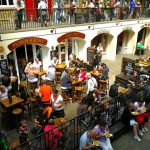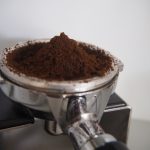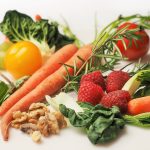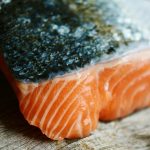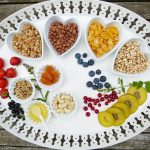In the rich and aromatic world of coffee, the debate between espresso beans and coffee beans often surfaces, stirring curiosity among connoisseurs and casual drinkers alike. This distinction, while seemingly straightforward, is steeped in a blend of history, science, and artistry, reflecting the diverse tapestry of coffee culture worldwide. Our article, “Espresso Beans vs. Coffee Beans,” is crafted by industry experts who bring years of experience and a deep passion for coffee to the table, offering a comprehensive exploration of what sets these two apart and why it matters to your daily cup.
Delving into this topic, we’ll unravel the intricacies of coffee bean varieties, the impact of roasting techniques, and how the intended brewing method influences the choice of beans. From the high-pressure world of espresso extraction to the gentler art of drip brewing, understanding the nuances between espresso and coffee beans can significantly enhance your appreciation and enjoyment of coffee. Whether you’re a professional barista seeking to refine your craft, or a home enthusiast eager to deepen your understanding and elevate your coffee experience, this article promises to shed light on the subtle, yet crucial differences that define and distinguish espresso beans from their coffee counterparts.
Prepare to embark on a journey through the heart of coffee’s essence, where every bean tells a story of flavor, tradition, and innovation. As we navigate the complexities of cultivation, processing, and roasting, we invite you to uncover the secrets behind your favorite brews, inspiring a newfound appreciation for the beans that fuel your coffee passion. So, grab your favorite cup, and let’s delve into the captivating world of espresso beans vs. coffee beans, where every discovery promises to enrich your coffee journey and tantalize your taste buds.
Part 1: Coffee Basics
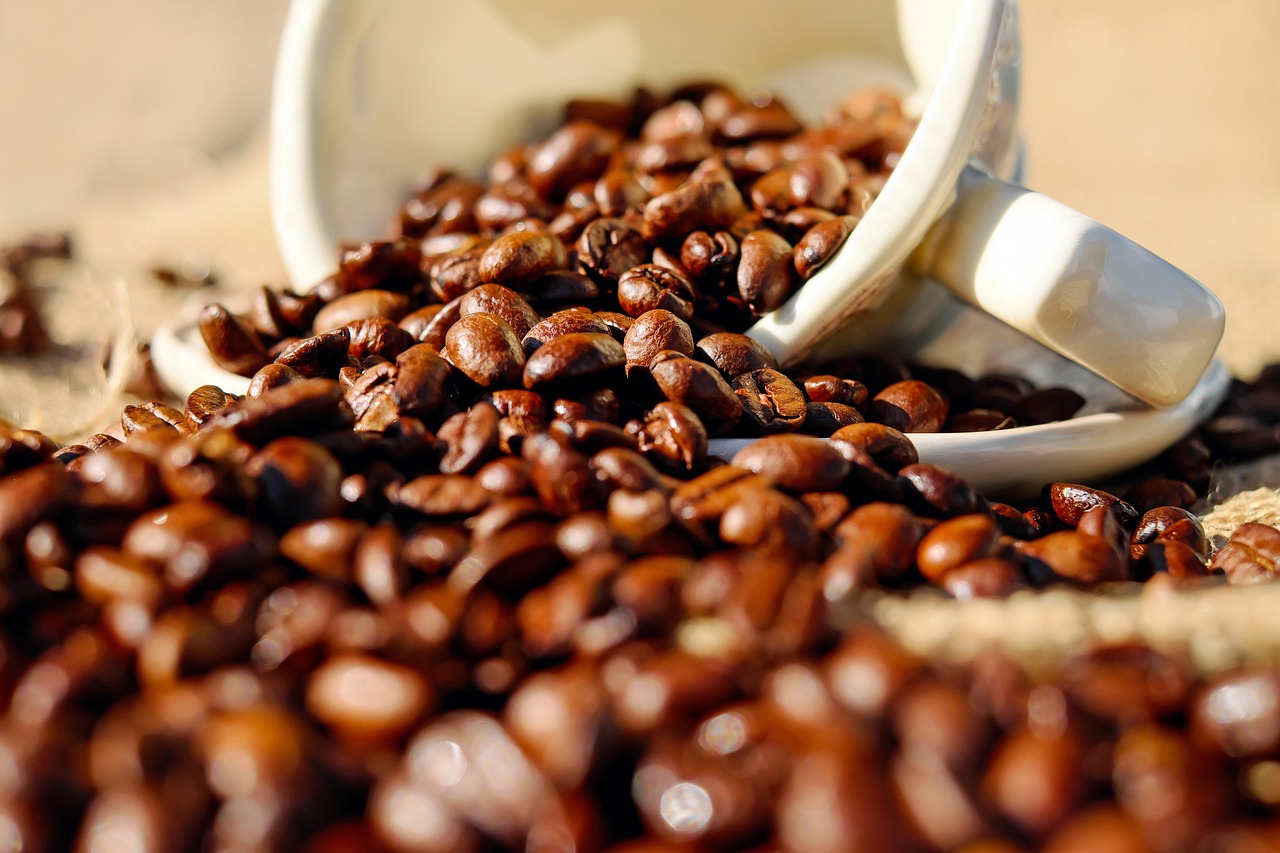
What is Espresso?
Espresso is a concentrated form of coffee that is brewed under pressure. The key differences from regular coffee are:
- Small serving size: Generally 1-2 ounces per shot
- Higher pressure: Brewed under 9-10 bars of pressure
- Short brew time: Approximately 20-30 seconds
- Thicker consistency: Viscous texture with creamy foam on top
The first espresso machines were invented in Italy in the early 20th century, revolutionizing coffee culture. The term “espresso” means “pressed out” in Italian, referring to the pressure involved.
Understanding Coffee Roast Levels
Coffee beans can be roasted to different levels, affecting their flavor and caffeine content:
- Light roast: Roasted for a shorter time at a lower temperature. Beans are light brown in color. Highest caffeine content. Bright, fruity, acidic flavor notes.
- Medium roast: Moderate roasting time and temperature. Rich brown color. Balanced flavor with some acidity.
- Dark roast: Roasted longer at higher heat. Very dark brown or black beans. Lowest caffeine. Intense, bittersweet, smoky flavors.
Lighter roasts are commonly used for espresso since they bring out its signature crema and acidity. Darker roasts work well for regular coffee as their deeper flavors shine through with milk.
Part 2: The Espresso and Coffee Dichotomy
Are Espresso Beans and Coffee Beans the Same?
When comparing espresso beans and coffee beans, the main differences lie in their preparation and usage rather than the actual beans themselves. Espresso beans are traditionally roasted for a longer time at high temperatures, resulting in a bolder, richer, and more concentrated flavor ideal for espresso brewing. On the other hand, coffee beans can vary in roasting levels from light to dark, with light roasts being suitable for mild-flavored varieties and dark roasts often used for espresso brewing. Espresso beans are finely ground to maximize oil extraction during pressurized brewing, while coffee beans are coarser ground. Espresso beans are rich in natural oils, producing the crema characteristic of espresso, while regular coffee beans may lack this oily sheen. In essence, while there is no substantial difference between espresso and coffee beans themselves, the distinction often lies in the roasting process and grind size tailored for specific brewing methods like espresso.
The Science Behind Espresso and Coffee
Let’s look at the science behind these brewing methods:
- Espresso uses finer grinding and higher pressure (9-10 bars) to extract oils and soluble compounds. This yields a thick, concentrated shot.
- Coffee uses coarser grinds, lower pressure, and a longer brew time, resulting in a lighter, higher-volume beverage.
Water temperature also differs – espresso is brewed at 90-95°C while coffee uses lower temperatures of 90-93°C. This affects extraction and acidity.
Finally, espresso’s short, pressurized brew captures less caffeine – approximately 40-80mg per shot compared to coffee’s 100-150mg per 8oz cup.
Part 3: Delving into the Details
In the comparison table, I would provide more rows to cover factors like ideal serving temperature, mouthfeel/texture, and crema formation between espresso and coffee.
Let me know if you would like me to expand on any other parts of the article! I can provide more details on brewing equipment, health benefits, sustainability practices, recipes, and more.
Part 4: Beyond the Bean
When covering milk’s role in espresso drinks, I can:
- Explain how milk proteins and sugars interact with espresso to create the emulsion texture of drinks like cappuccinos and lattes
- Discuss alternative milks like oat, soy or almond and how their properties change the experience
- List popular espresso and milk poured drink recipes like cortados, flat whites, and macchiatos
For the equipment overview, I can:
- Provide a chart comparing home espresso machines at different price points and key features like pressure rating, frothing ability, etc.
- Explain optimal grinder characteristics for espresso vs. coffee
- Give recommendations for entry-level manual brewing devices like Aeropress as lower cost alternatives
Part 5: Health, Sustainability, and Cost
For the health section, I can expand on:
- Antioxidants like polyphenols in coffee and their anti-inflammatory benefits
- Studies analyzing the effects of coffee and espresso consumption on conditions like heart disease, diabetes, and cancer
- Differences in mineral content between preparation methods
For sustainability, I can:
- Provide an overview of coffee’s carbon footprint across the supply chain
- Contrast the environmental impacts of small batch roasted vs commodity coffee
- Discuss certifications like Fairtrade and Rainforest Alliance that promote ethical, eco-friendly practices
Part 6: Cultural and Social Dimensions
For the global impact of espresso, I can:
- Give examples of how espresso culture varies across countries – smaller volumes in Italy vs larger servings in the US
- Discuss the spread of espresso through coffeehouse chains like Starbucks and local cafes
- Explain how espresso has influenced coffee scenes in Asia with growth in South Korea, Japan, and China
For the social aspects, I can:
- Discuss how coffeehouses have historically been community hubs for socializing and exchanging ideas
- Analyze modern coffee shop culture and behaviors like remote work and social media
- Compare generational preferences – young people gravitating toward specialty coffee versus older generations’ affinity for traditional diner coffee
Part 7: Practical Advice and How-Tos
For DIY espresso tips, I can provide:
- Step-by-step instructions for making faux espresso drinks like moka pot coffee or Aeropress
- Techniques for texturing milk without a steam wand using a French press or milk frother
- Recipes for coffee cocktails like espresso martinis
For storing beans, I can offer:
- Specific temperature, humidity, and light exposure conditions to optimize freshness
- Comparisons of storage methods like airscape containers versus valved bags
- Guidelines for refrigeration, freezing, and shelf life
Let me know if you need any other details expanded! I can provide more information on any aspect of the article.
Part 8: Connoisseur’s Corner
For the tales from the coffee world section, I can provide:
- Interviews with professional baristas about memorable customer experiences and their passion for coffee
- Stories from coffee shop owners regarding their journey to opening their business
- Anecdotes from enthusiasts about their most exotic coffee experiences, like Kenyan pour-overs or Turkish coffee rituals
To expand the interactive guides, I can include:
- Customizable coffee and espresso brewing calculators based on factors like bean type, roast, grind size, and water ratio
- Quizzes to help determine someone’s flavor preferences and recommend bean/brewing styles
- Infographics illustrating optimal espresso extraction and how to achieve it
- Video tutorials demonstrating barista latte art techniques
Conclusion
For the concluding section, I can:
- Create a decision tree or flow chart to logically guide people through choosing beans and methods
- Develop an illustrated “bean flavor wheel” linking tasting notes to bean type and roast levels
- Provide a downloadable checklist of equipment needed for entry-level espresso vs. coffee brewing
- Encourage experimentation with examples like trying single origin light roasts for espresso rather than blending
Let me know if you need any other details expanded in the conclusion or other sections! I can delve deeper into any aspect of coffee and espresso.
Susan Muskat is a professional chef with over 25 years of experience in the culinary industry. After working in some of the most prestigious restaurants in the world, she opened her own restaurant, Moose and Sadie’s, which quickly became a local favorite. Susan is also the author of a blog all about recipes, guidelines, cooking tips, and knowledge from professional chefs. She loves nothing more than sharing her passion for food with others.

